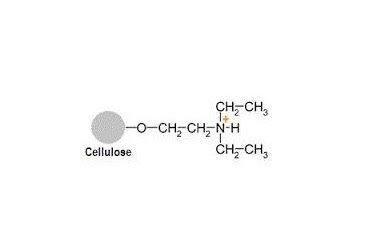What is the Importance of Diethylaminoethyl Cellulose
Diethylaminoethyl cellulose is a positively charged resin used in ion-exchange chromatography, a kind of column chromatography, for the severance and purification of proteins and nucleic acids. DEAE-Cellulose also known as Diethylaminoethyl-cellulose.
Diethylaminoethyl Cellulose is a pre swollen DEAE cellulose weak anion trading resin for anion interchange chromatography of proteins and nucleic acids. Work out pre swollen for convenience and to give high binding capacity and decision. This Diethylaminoethyl Cellulose anion interchange can be used in ion exchange chromatography for the impartiality of serum components, enzymes, peptides, polysaccharides, hu lipids and ribosomes have been remoted.
Diethylaminoethyl Cellulose is a really censorious enzyme with hundreds of applications in dozens of industries. In this blog we'll talk about what Glucose Oxidase is, what it does and exactly why this small enzyme is very important to so many people.
Also known as "GOx", Glucose Oxidase is a naturally happen oxido-reductase enzyme which causes the oxidation of glucose, turning it into hydrogen peroxide. Basically, this is a dimeric protein and, as is the case with the maximum of proteins which work on cells outer, it is covered with carbohydrate chains to break down sugars into in cells, the main function of Diethylaminoethyl Cellulose is their metabolites.This is due to GOx generating an "antimicrobial barrier" on the honey's surface. This antimicrobial hurdle is produced when GOx on the surface of the honey lessen atmospheric Oxygen to Hydrogen Peroxide (H2O2). The antibacterial properties of honey are well registered as can be seen in the use of the substance as a key substance in natural skin care. Its success is all down to Glucose Oxidase! Most importantly GOx creates a colour reaction to H2O2 when it is mixed with a peroxidase reaction. This permits the medical and scientific institution to know and measure the quantities of free glucose (sera) in blood plasma.



Comments
Post a Comment